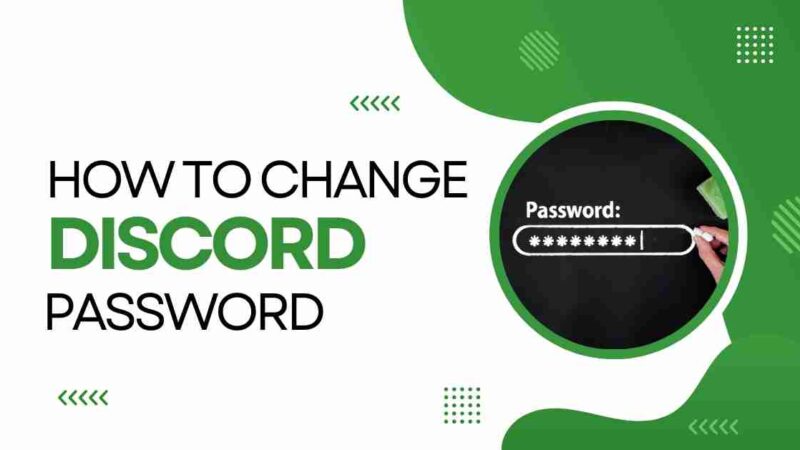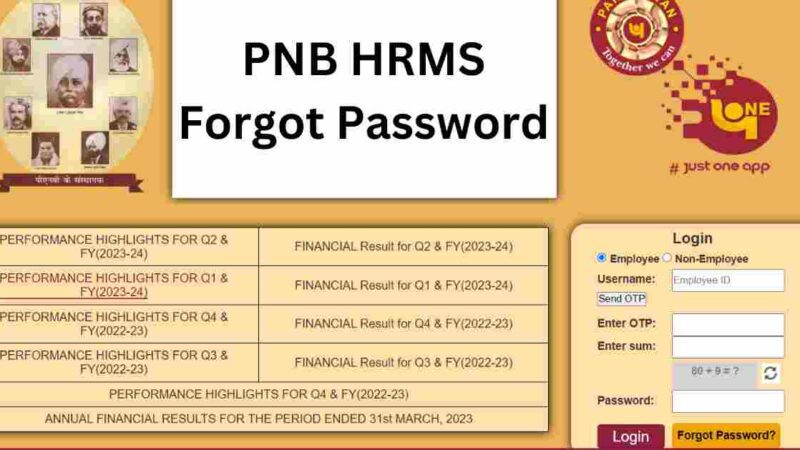5 Password Creations Guide Using Keyword for Ultimate Protection

Securing your front door requires just a key, but navigating the digital realm is a far more intricate task. With numerous online accounts and a corresponding multitude of passwords, striking the right balance between uniqueness and security can be challenging. To alleviate the frustration of crafting a robust yet distinctive password, we’ve compiled a list of potent password ideas and provided tips to empower you to outsmart potential hackers.
What is a Good Password?
fact, quite objective. Put simply, a good password proves difficult to crack. The strength of your password directly correlates with its ability to safeguard your accounts from potential hackers and other malicious entities. A robust and dependable password can present such a formidable challenge that attempting to crack it could take millions of years, dissuading hackers from even attempting it.
When brainstorming effective password ideas, it’s crucial to adhere to the following criteria:
1. Ensure your password consists of at least 12 to 15 characters.
2. Incorporate a combination of letters, numbers, and special characters into your password. Spaces are also permissible.
3. Steer clear of using common words, products, characters, names, or anything easily accessible in a dictionary.
4. Create a combination that is unique to you, making it difficult for others to predict. Shortly, we’ll explore some inventive password ideas.
5. Each password should be distinct, and refrain from reusing them across multiple accounts. Using the same password for various platforms jeopardizes all your accounts if one is compromised.
[Also Read: How to Change or Reset Your Instagram Password?]
Which is Considered a Weak Password?
Vulnerable passwords often exhibit characteristics such as sequential letters or numbers, insufficient length (less than eight characters), or reliance on common words and phrases. Criminals are well-acquainted with widely used passwords, often making them their initial targets.
Yearly compilation of the 200 most prevalent passwords reveals that “123456” and “password” stand out as the most frequently employed and, consequently, the most vulnerable choices. Another instance of a weak password includes the use of fictional character names like “Superman,” “Batman,” or “Joker.”
Here are additional examples of subpar and easily penetrable passwords:
- 123456789
- abc123
- qwerty
- I love you
- hola
- computer
- password123
For those uncertain about the strength of their passwords, it’s advisable to consult the list of the 200 most common passwords. This resource provides further examples and interesting insights into prevalent password choices worldwide.
The Most Common Password Cracking Techniques
1. Brute Force Attack
In a brute force attack, a hacker employs software to systematically test all potential combinations in search of the correct one. An eight-character password, comprising a mix of upper and lower case letters, numbers, and special characters, can succumb to such an attack in as little as two hours. On the contrary, strong passwords, characterized by their uniqueness and complexity, can withstand such attempts for months or even years before being successfully cracked.
2. Dictionary attack
In contrast to a brute force attack, which explores diverse combinations of special characters, numbers, and letters, a dictionary attack involves a program systematically cycling through a predetermined list of words. Essentially, if your password is included in a dictionary, specialized software can effortlessly break it.
3. Identity theft or phishing
Phishing is a social engineering technique designed to deceive individuals into disclosing their credentials. Frequently executed through email services, phishing attacks involve hackers sending emails that mimic trustworthy sources and guide users to counterfeit login pages. Unaware, users willingly enter their access credentials, unknowingly furnishing this information to hackers.
4. Credential filling
Credential stuffing is a commonly employed tactic by hackers to gain unauthorized access by aggregating usernames and passwords obtained from previous attacks and testing them across various platforms. This approach proves fruitful as individuals often reuse the same password for multiple accounts.
5. Keylogging
Keylogger, derived from “keystroke logging,” entails the infiltration of a victim’s device by a specialized form of malware known as a keylogger. Once installed, the keylogger can monitor the user’s keystrokes and device activities, depending on the specific software and device involved. This surveillance may encompass tracking copy and paste data, phone calls, location, and capturing screenshots. Armed with this information, hackers gain effortless access to passwords and other confidential data, enabling them to initiate additional attacks against the individual or compromise workplace data.
How to Create a Strong Password
Opt for longer passwords to enhance security. While many websites suggest eight-character passwords, we recommend opting for at least 15 characters.
Avoid using personal information like your first name, last name, address, or date of birth in your password.
Create a password with a random order of numbers, symbols, and both upper and lower case letters.
Steer clear of using sequential letters or numbers.
Beware of simple substitutions, as both “kangaroo” and “k@ng@r00” are considered weak passwords susceptible to brute-force attacks.
Refrain from reusing passwords across multiple accounts.
Utilize our free password security tool to assess your password strength and verify if it has been exposed in a data breach. Explore the Password Security feature with many sites to analyze and fortify all the passwords stored in your Web Store, identifying and addressing potential vulnerabilities.
[Also Read: How to Change or Reset Your Discord Password?]
Top 5 Strong Password Ideas
Creating strong and unique passwords can be a daunting task, but we’ve curated some examples to simplify the process and help you safeguard your data and accounts from potential breaches. While we offer formulas and passphrase examples for your consideration, we strongly advise against using these sample passwords for your accounts.
1. Shorten Each Word:
Think of a sentence and truncate the first three letters of each word (or remove entire words):
Original: “Laptop free in the jungle”
Password: “laptop free in the jungle”
Enhance complexity by adding special characters and numbers.
Estimated cracking time: 94,000 years.
2. Create Your Formula:
Develop a formula for password recall, such as replacing each letter with the next letter of the alphabet:
Original: “The cucumbers are good”
Password: “llpt qfqjopt ftbo cvfopt”
Transform song lyrics into acronyms, using the first letter of each line.
Estimated cracking time: 746 million years.
3. Play with Vowels:
Substitute one vowel for another in a random phrase:
Original: “A car floats in a frying pan”
Password: “A car fleats in a frying pan”
Utilize spaces; this password takes 583 million trillion years to decipher.
4. Mix Country Codes:
Combine ISO codes of favorite countries:
Original: “Mexico, Ireland, France, Germany, Japan”
Password: “mex irl fra deu jpn”
Add country prefixes for added complexity.
Estimated cracking time: 12 billion years.
5. Use a Password Manager:
Simplify the process with a password manager.
Generate strong, unique passwords and store them securely in a Web Vault.
Autofill online forms and fields effortlessly.
Combine creative password ideas with manager-generated ones.
Additional Tips
Here are additional tips to consider when seeking effective password ideas:
1. Make passwords difficult to predict, and consider including special characters and spaces to increase the time it takes to crack them.
2. Recognize the vulnerabilities of pattern locks; research indicates successful replication about 64% of the time. Instead, opt for a more secure option like a PIN. You can also refer to our guide for generating robust phone password ideas.
3. Avoid reusing personal passwords for work accounts. In the event of a leak, using distinct passwords safeguards your work-related accounts from potential risks.
4. Regardless of the perceived security of your password, unforeseen incidents can occur, exposing your primary line of defense. Utilize MFA to ensure that account access requires authentication from a secondary device.
[Also Read: How to Change or Reset Your Forgotten Gmail Passwords?]
Conclusion
All in all, making solid and secure passwords is a basic part of shielding your own and professional accounts. By sticking to best practices like utilizing a blend of letters, numbers, and special characters, deciding on longer passwords, and staying away from effectively unsurprising examples, you fundamentally improve the flexibility of your passwords against hacking endeavors. Perceiving the weaknesses of specific safety efforts, similar to design locks, highlights the significance of pursuing informed decisions, for example, selecting PINs or investigating elective choices. Expanding passwords across private and work accounts, joined with the execution of multifaceted validation (MFA), further strengthens your general advanced security act. Keep in mind, that the proactive reception of these practices safeguards your information as well as adds to a more hearty and versatile web-based presence.






